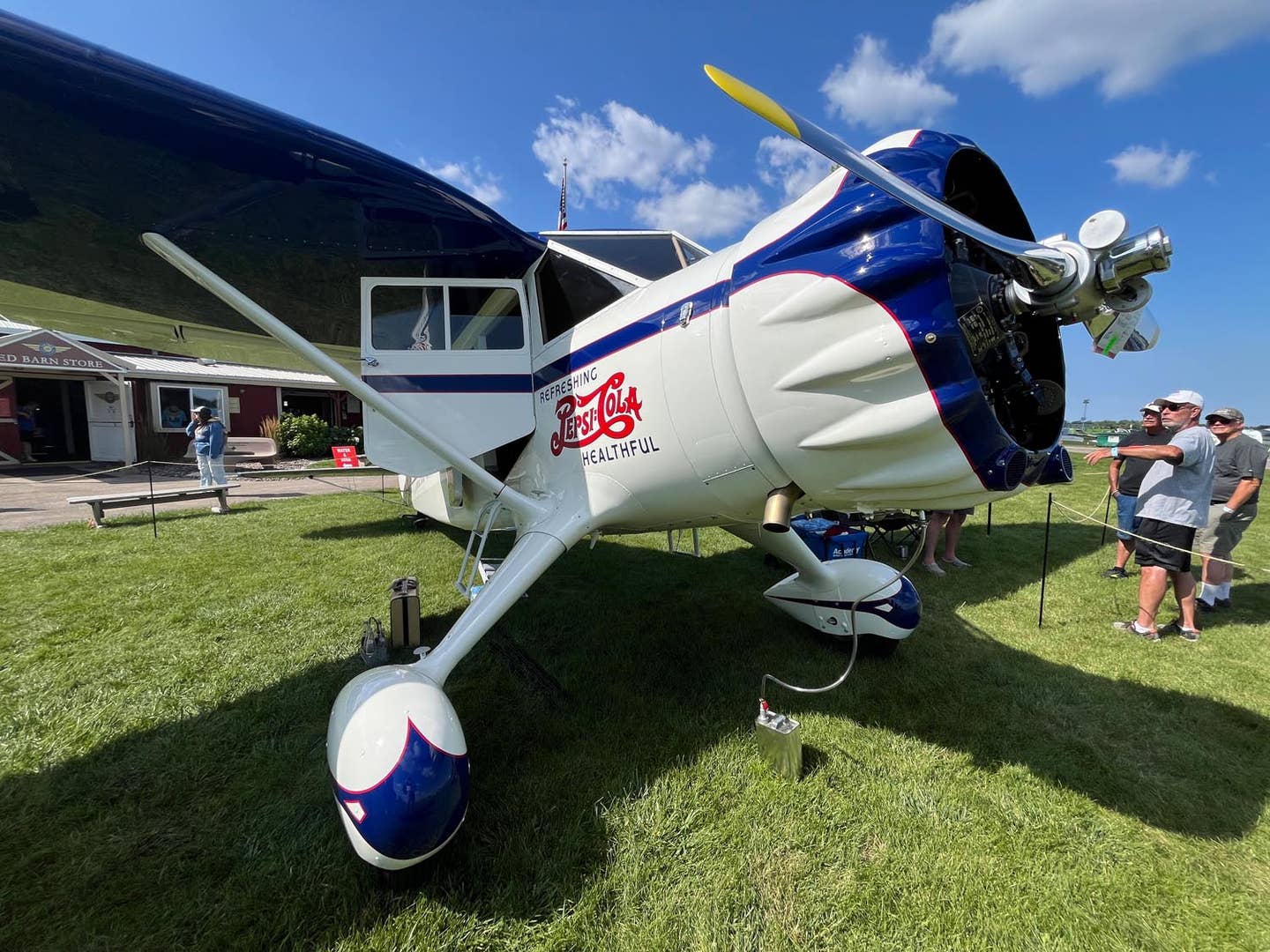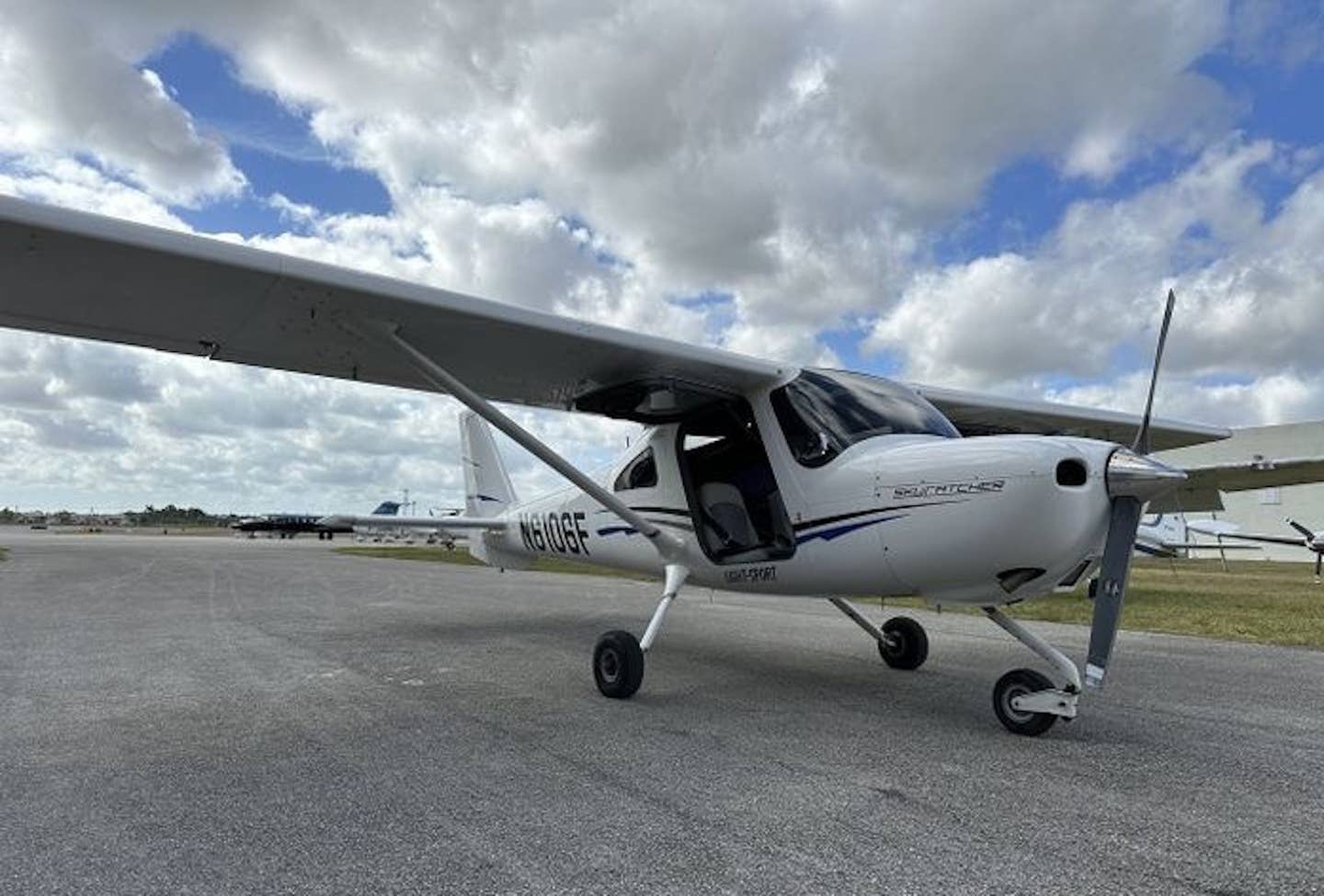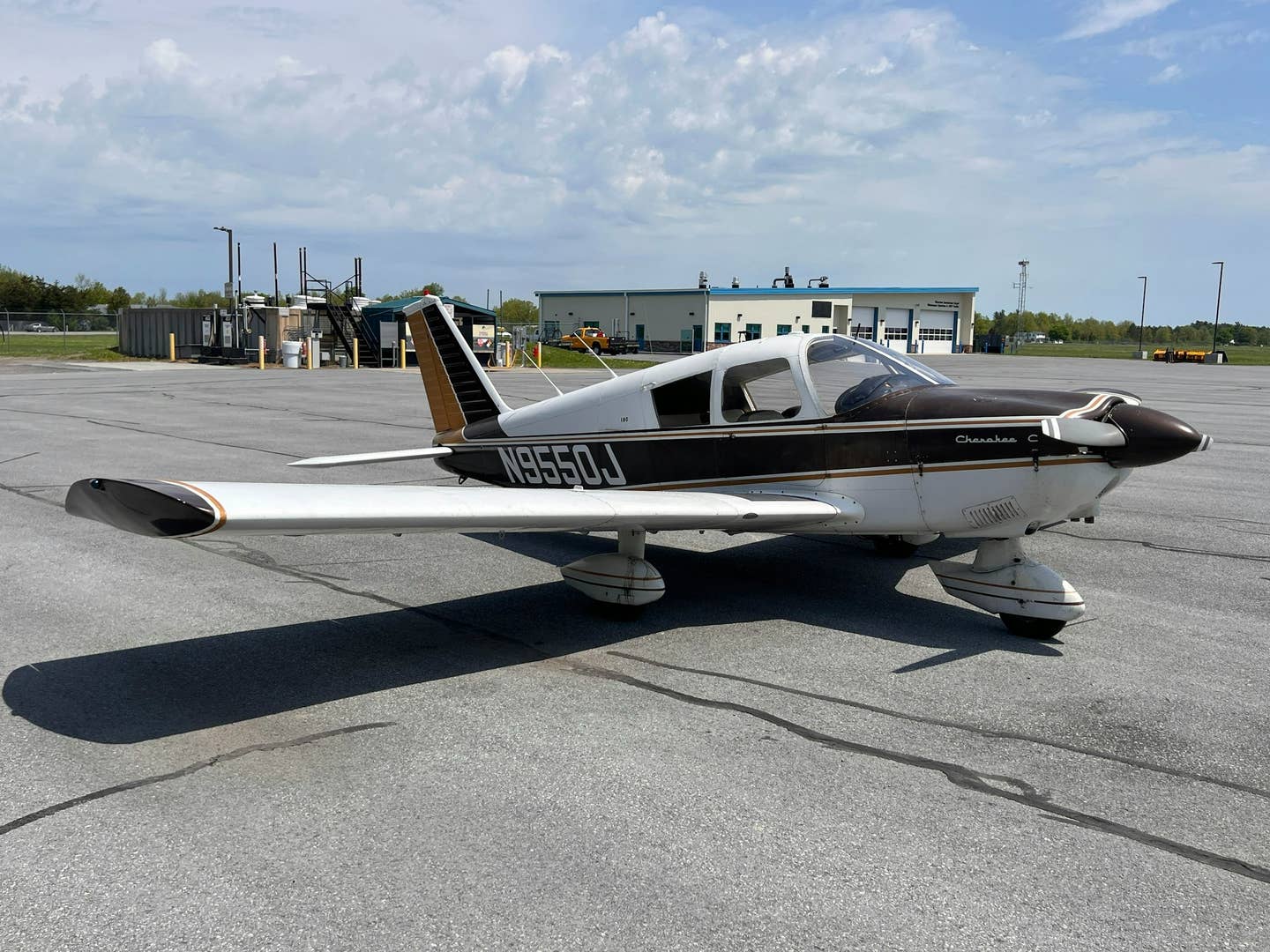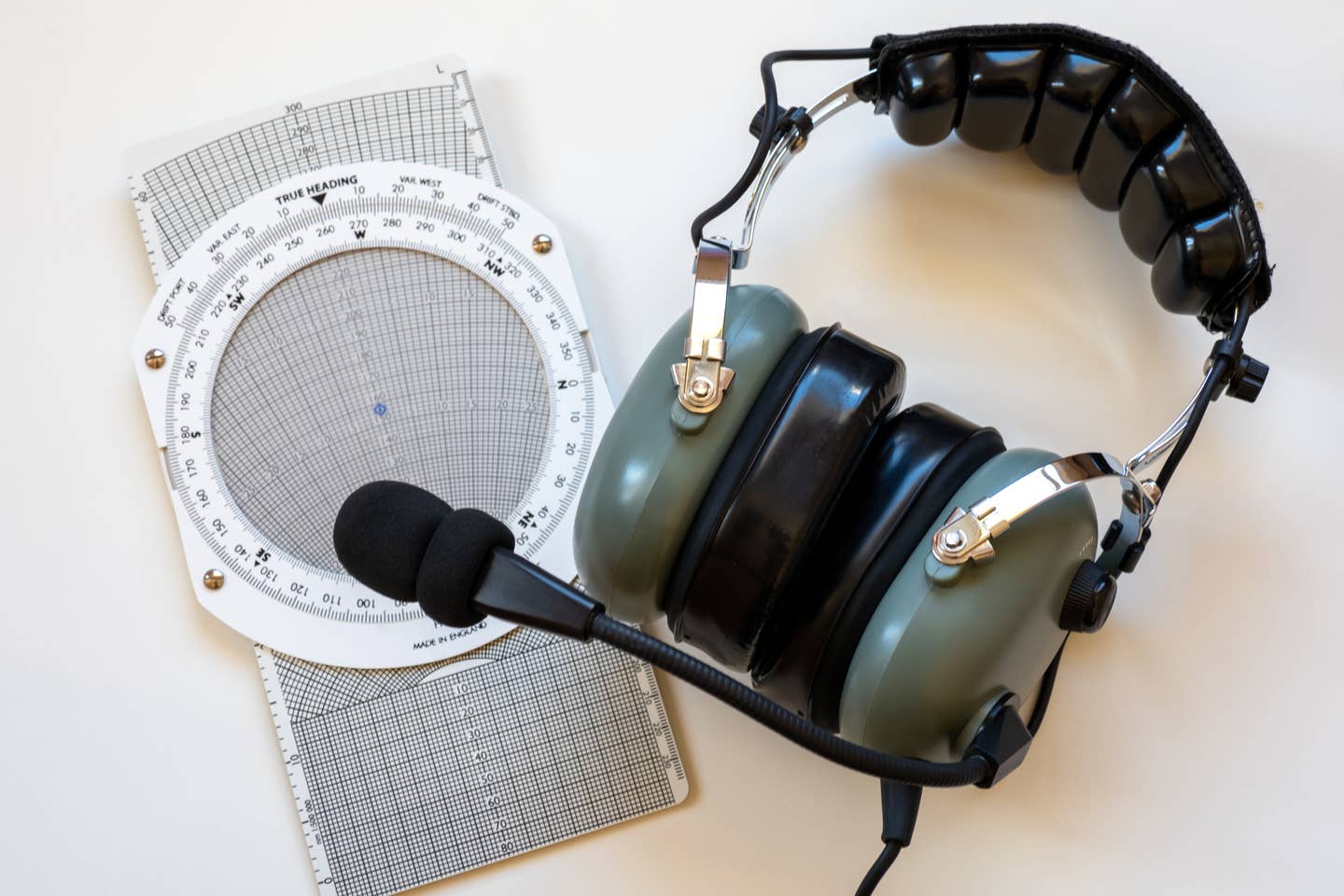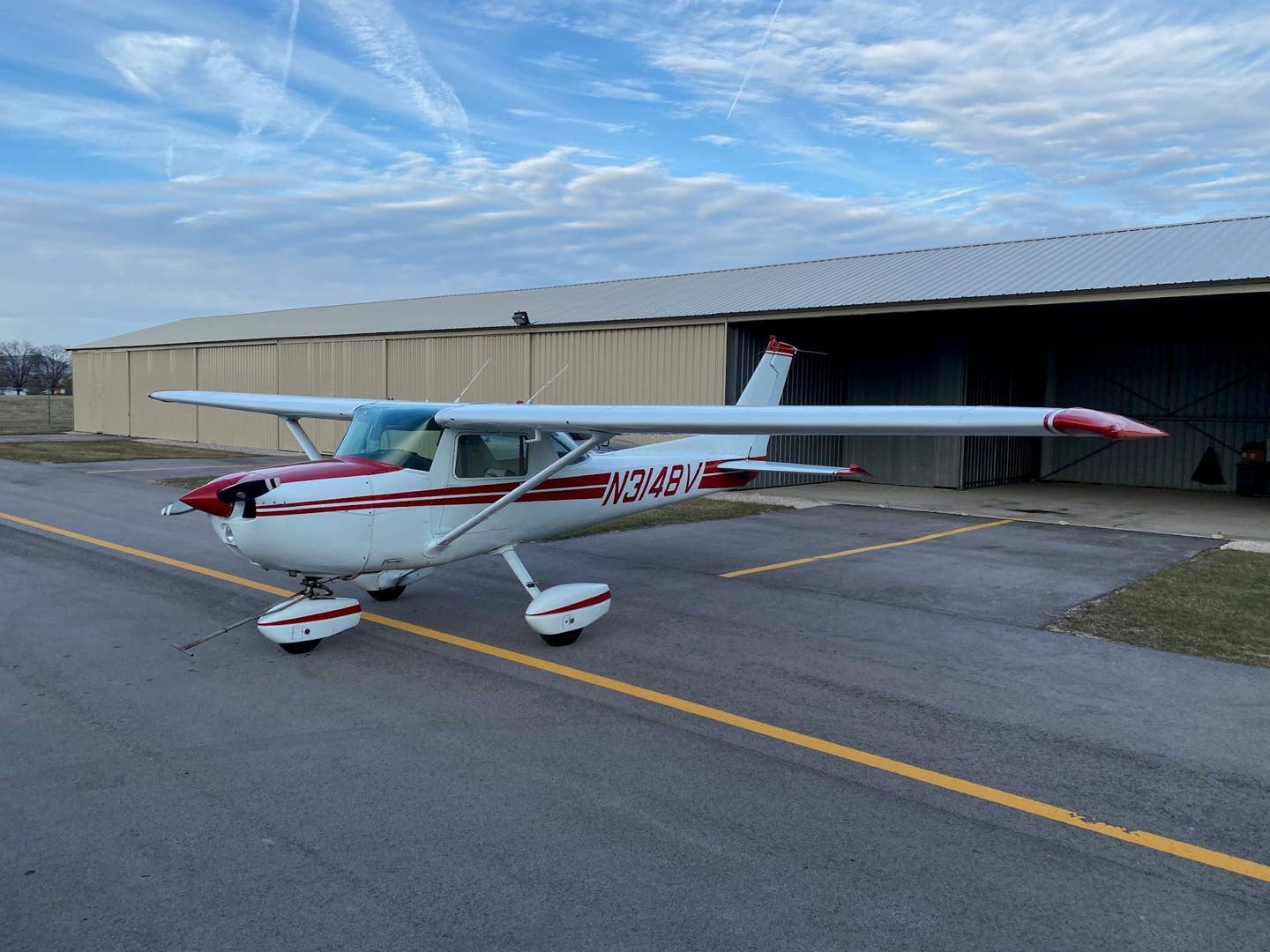Pro Tips for Private Pilots: Care for Your Airplane
Pilots who own or operate an aircraft under Part 91 of the FARs are allowed to perform various preventive maintenance tasks. For the pilot comfortable with basic mechanical tasks and…
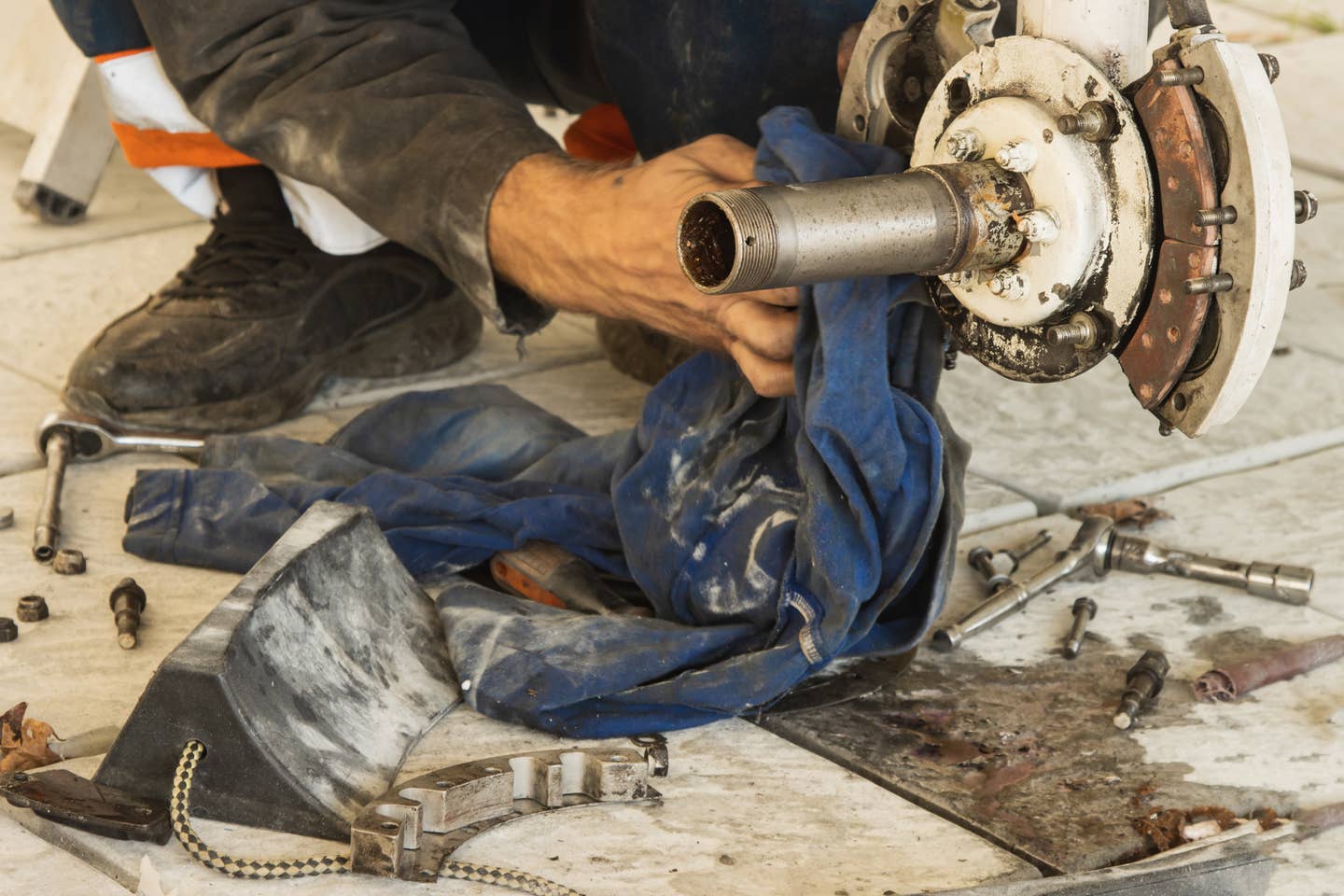
Consulting an expert before you turn a wrench is well worth the time. [Adobe Stock image]
Pilots who own or operate an aircraft under Part 91 of the FARs are allowed to perform various preventive maintenance tasks.
For the pilot comfortable with basic mechanical tasks and aware of the rules and regulations, this can save time and money. Beyond that, performing basic tasks helps us learn what makes these little birds tick.
In years past, professional pilots spent a significant part of training learning about their airplanes’ inner workings. U.S. Air Force aircraft systems training focused on how each system operated, its location, required pressures, temperatures, and voltages. The training included a field trip to the airplane, usually led by a bright, young maintenance technician who got into the nitty-gritty of how everything worked—and might fail. Each pilot had an opportunity to get their hands greasy, ask questions, and visualize how the jet worked.
The best part of this experience was watching and learning from the amazing airmen and sergeants who maintained these aircraft. Watching how they approached their jobs with skill, patience, and the ever-available technical order as a guide set the example for how quality aircraft maintenance should be performed.
Today, the airframe and powerplant (A&P) field faces a severe staffing shortfall. As a result, your local aviation inspector or mechanic may gladly share with you the proper way to maintain your airplane. And if you are handy and want to get your hands dirty, you could save a few dollars and free up the A&P for more complex jobs. Consulting an expert before you turn a wrench is well worth the time.
So, where do we start?
Step 1: Check Rules and Regulations
The first step is learning what is legal and what is not. Appendix A to Part 43 provides the basic list of 31 tasks (29 tasks if a hot-air balloon is not in your hangar) that an owner-operator may perform. Advisory Circular 43-12A provides additional guidance on applicable do’s and don’ts.
The tasks listed in Part 43 range from simple items such as replacing bulbs, updating databases, and troubleshooting landing light wiring, to more complex items like changing the tires, oil and filter, or servicing hydraulic struts. Some exotic items include replacing side windows, prefabricated fuel lines, and hoses, not including hydraulic lines. Some of these would seem to require a level of expertise beyond what the basic home mechanic might want to attempt. Decide which of these tasks you want to tackle and which are better left to professionals. To answer this question, let’s ask our local A&P for help.
Step 2: Consult Your A&P
Before you open the cowling, it’s a good idea to talk with your A&P and assess the task you want to perform and your basic mechanical skills. For example, if the job is changing an airplane tire for the first time, ask if you can watch them do it on a similar airplane. Unlike cars, airplane tires come complete with inner tubes.
These require careful installation and application of a dry lubricant to prevent pinching. Most GA tires have marks indicating where the tire should be located regarding the valve stem. And, let’s face it, jacking up an airplane is not like jacking up a car. Watching your mechanic and asking questions is a great way to spend an afternoon, and it might help you get the job done right the first time. You may also decide this chore is better left to the A&P—that’s OK too.
- READ MORE: What Does it Take To Become an A&P?
Important safety tip: YouTube provides a trendy way to learn about all sorts of maintenance procedures around the house, car, and even changing airplane tires. However, these videos should be taken with a grain of salt. The YouTube presenter may be an expert—but they may not. If you have questions, ask an A&P.
Step 3: Assess Your Tools
Airplanes require specialized tools. An oil change on an automobile requires a drain pan, an oil filter wrench with a belt on the end, and a socket wrench. Add a funnel and a few quarts of oil, and you are home free. Changing the oil on your trusty Cessna 172 will require a hose for the quick drain (if one is installed), containers for the old oil, an oil filter wrench with a six-sided wrench for the nut, preferably with a torque setting, and a set of safety wire pliers. By the way, getting the safety wire just right is both an art and a science, requiring practice.
Don’t forget a filter-cutting tool to inspect for metal. And then there is the matter of where all that oil goes. In most cars, it just drains into the pan. In most tightly cowled GA aircraft, the filter is mounted at a 90-degree angle to the ground against the firewall. If you fail to catch the oil, it will find its way into every nook and cranny of the engine compartment, and you will be smelling it for a while. Other tasks require special tools as well.
All landing gear struts are not created equal. Most Cessna nose struts can be inflated with a simple air or nitrogen line (nitrogen is preferred). However, more than a few Piper owners have discovered that once they deflate their main struts to add hydraulic fluid, they need a specialized pump attached to the air or nitrogen line. Each time you move the slide on the pump, the strut inflates a bit. Deflate the strut without a strut pump and it stays deflated. The moral of this story is to find out what specific tools and talents are required before you begin, rather than having to ask the mechanic to rescue you after the fact.
Step 4: Check Your Parts
Airplane parts must be FAA/PMA (FAA parts manufacturer approval) approved, except for homebuilt aircraft. While the $25 PAR 36 LED light on Amazon may seem an exact match for your landing light, its place is on your pickup. The $350 FAA/PMA version is required for your certified airplane.
The manufacturer of the FAA PMA part has subjected it to tests for installation on an aircraft. Parts for a homebuilt plane may look identical and cost hundreds of dollars less, but they are not legal for your type-certificated Cessna, Piper, or Cirrus.
Step 5: Aluminum vs. Steel
Airplanes are constructed of light but strong materials. The aluminum in the cowlings, wings, and fuselage is designed to sustain significant structural loads. However, when a stainless steel screw is overtightened in an aluminum surface, the opportunity to strip the screw threads looms large. Spark plugs are the number one offender on this list. Overtightening or cross-threading a steel spark plug in an aluminum cylinder head is an expensive mistake. Additionally, steel and aluminum behave differently under heating, so an anti-seize compound is applied to keep the two metals from binding and making removal a problem.
Spark plugs, oil filters, and other items come complete with specific torque values to help us find the sweet spot between too loose and the dreaded stripped-thread scenario. Tighten these with care.
Step 6: Logbook and Test Flight
Once the preventive maintenance is complete, a suitable airframe and/or engine logbook entry is required. Your A&P can help you. Your signature and certificate number complete the entry. Before signing, it might be a good idea to consider getting another pilot or mechanic to review your work to ensure you did not miss a step or leave a tool in the airplane.
A short test hop, while not required, makes good sense for many maintenance tasks. However, if you have just spent a long, hot day changing the oil, cleaning spark plugs, or changing a tire, this might not be the best time for a test flight. Go home, get a shower and some chow, and come back in the morning when the air is cool and you are rested. Look for leaks, lost tools, or loose wires, then close the cowling and enjoy the test flight.
The freedom to own and fly our airplanes, and perform preventive maintenance, is really special. Learning what makes our airplanes tick can make us better pilots, save a few bucks, and extend our airplanes’ lives. Spend time with your A&P. Watching these professionals at work, following a few rules of the road, and not being afraid to ask for help will go a long way. And knowing that you performed the work, and took the time to do it properly might make you a more confident, knowledgeable, and competent pilot.
Fly safe!
Editor's note: This story originally appeared in the Nov/Dec 2023 issue of Plane & Pilot magazine.

Subscribe to Our Newsletter
Get the latest Plane & Pilot Magazine stories delivered directly to your inbox

